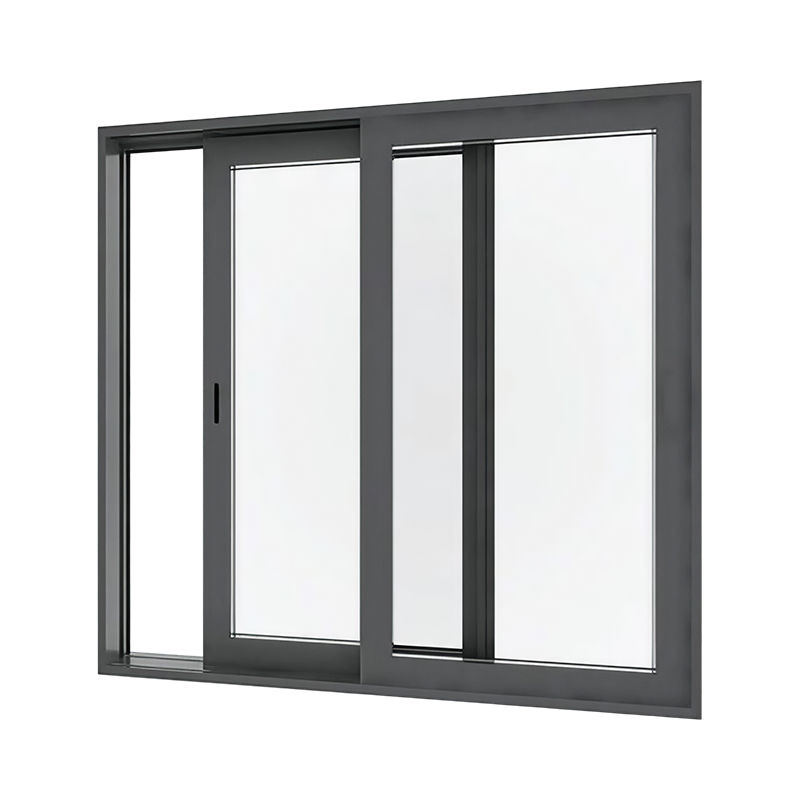Aluminum Windows: The Ultimate Guide to Alloy and Hurricane-Resistant Options
Introduction Aluminum windows have become one of the most popular choices in modern construction, offering a balance of strength, style, and practical...
Read MoreAluminum alloy windows have become a widely adopted solution in modern architecture due to their strength, design flexibility, and durability. However, the performance of a window is not solely determined by the frame; glazing technology plays an equally critical role. In recent years, advancements in glazing have significantly enhanced the thermal, acoustic, and structural properties of aluminum alloy windows, making them more competitive in both residential and commercial applications.
1. Thermal Insulation and Energy Efficiency
One of the challenges of aluminum as a material is its high thermal conductivity. Without proper design, this can lead to heat transfer through the window, reducing energy efficiency. Advancements in glazing technology, particularly double glazing, triple glazing, and low-emissivity (Low-E) coatings, have helped address this issue. These technologies reduce heat loss during winter and limit solar heat gain during summer. When paired with aluminum alloy frames incorporating thermal breaks, modern glazing allows windows to achieve higher energy ratings and comply with stringent building efficiency standards.
2. Acoustic Performance
Urbanization has made noise pollution a growing concern. Glazing innovations, such as laminated glass and insulated glazing units with varying thicknesses, provide effective sound insulation. Aluminum alloy frames, known for their structural rigidity, hold these glazing systems securely, preventing vibrations and leaks that would compromise acoustic performance. This makes aluminum windows suitable for environments such as city centers, airports, and busy roadways, where quiet indoor conditions are highly valued.

3. Solar Control and Comfort
Advances in glazing now include solar control coatings that regulate light transmission and block harmful ultraviolet (UV) rays. These coatings reduce glare, prevent fading of interior furnishings, and maintain comfortable indoor temperatures. Aluminum alloy frames complement this by supporting large glazing units without distortion, enabling architects to design expansive windows that maximize natural light while still providing protection and comfort.
4. Strength and Safety Enhancements
Glazing technologies such as tempered and laminated safety glass enhance the resilience of aluminum alloy windows against impacts. Aluminum’s inherent structural strength makes it ideal for securing these heavy and advanced glass units. The combination provides both safety and durability, which is essential for buildings in areas prone to storms, earthquakes, or security concerns.
5. Aesthetic and Architectural Flexibility
Modern glazing options, such as tinted, frosted, or patterned glass, give architects flexibility in creating distinctive facades. Aluminum alloy frames, with their slim yet strong profiles, maximize the visible glass area and complement these aesthetic choices. This synergy allows for windows that meet functional needs while also serving as defining elements of building design.
Conclusion
Advancements in glazing technology have elevated the performance of aluminum alloy windows far beyond their earlier capabilities. By addressing challenges such as thermal insulation, soundproofing, solar control, and safety, modern glazing complements the structural advantages of aluminum frames. The result is a high-performing, versatile window system that meets both functional and aesthetic demands in contemporary architecture.